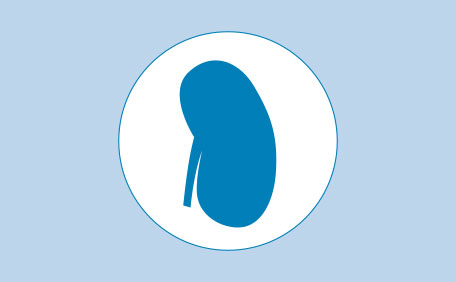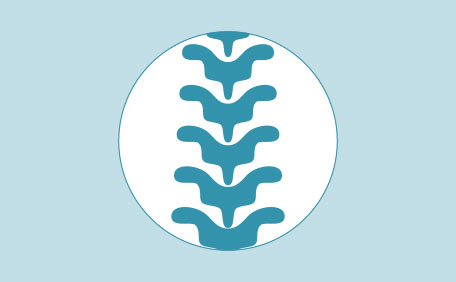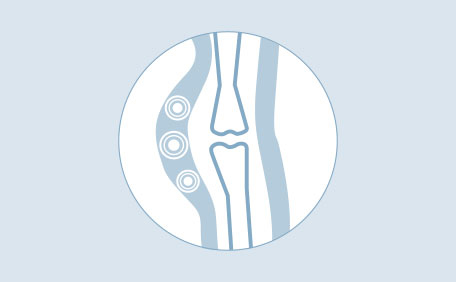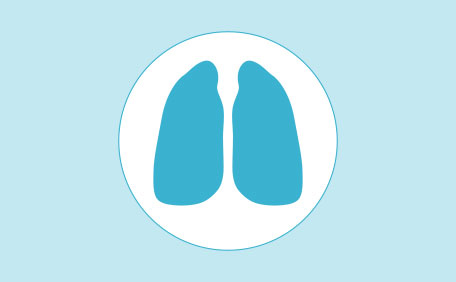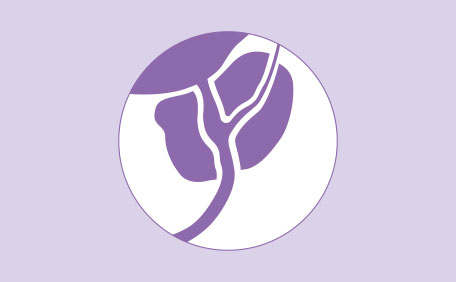Medical Specialties > Interventional Radiology > Ablation Solutions > Cryoablation Indications
Cryoablation Indications
RENAL CELL CARCINOMA
Kidney Cancer is one of the most common types of cancer and affects usually adults in their 60s/70s. In special cases, such as small tumours, bilateral disease or neoplasms that are difficult to treat surgically, one of the most efficient and effective alternatives is cryoablation.
Learn moreBONE CANCER
Primary bone cancer is a rare type of cancer which can affect children as well as adults. It has been demonstrated that cryoablation for palliation of bone cancer can improve patient quality of life by providing effective pain relief.
Learn moreSOFT TISSUE TUMOURS
Soft tissue sarcoma is a rare kind of cancer with, at least 50 subtypes known. Since it affects the tissues that connect, support and surround other body organs, the pain can be a real problem for patients. Cryoablation represents a safe and effective palliative solution.
Learn moreLUNG TUMOURS
Lung cancer is one of the most common and severe types of cancer that mostly affects adults over 40. The minimally invasive Cryoablation procedure offers targeted, effective ablation for the treatment of inoperable early-stage lung cancer, and a tumour debulking option for advanced-stage patients.
Learn morePROSTATE CANCER
Prostate cancer is one of the most common cancers in the male population and represents approximately 20% of all cancers diagnosed in men. Prostate tumour Cryotherapy is an efficient alternative to radiation therapy or to surgical removal of the prostate gland.
Learn more
CAUTION: The law restricts these devices to sale by or on the order of a physician. Indications, contraindications, Warnings and instructions for use can be found in the product labelling supplied with each device. Information for the use only in countries with applicable health authority product registrations. Material not intended for use in France.
















